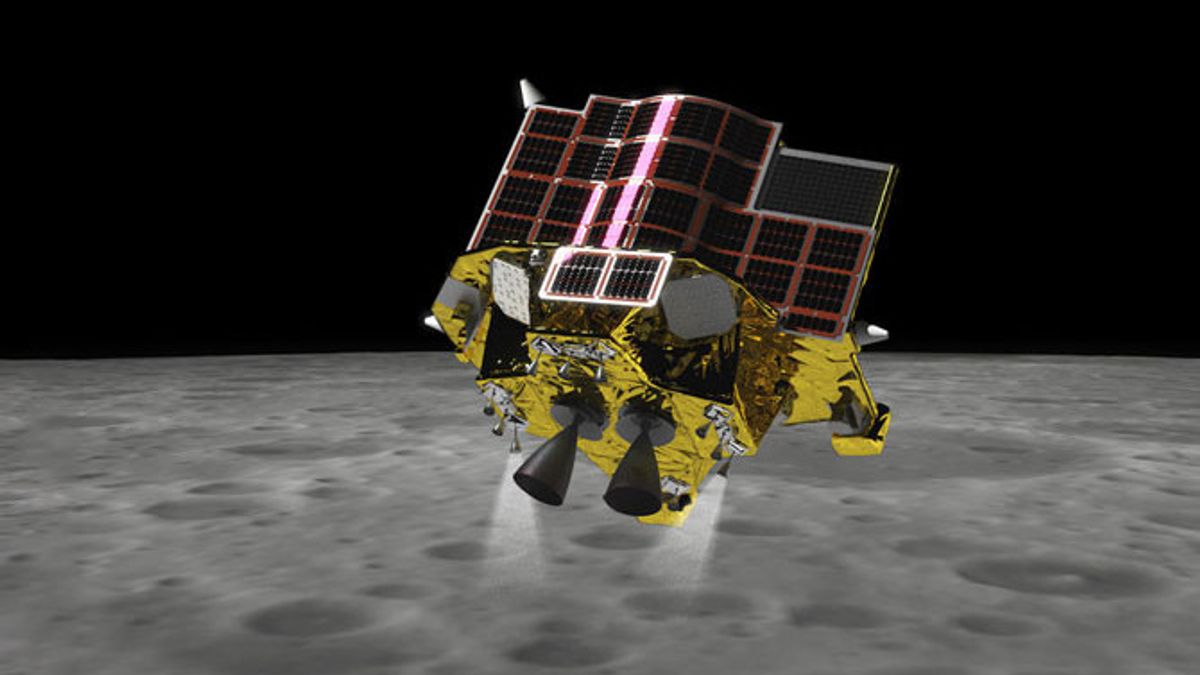JAKARTA - The X-Ray Imaging and Spectroscopy (XRISM) and Smart Lander for Investigating Moon (SLIM) missions were canceled due to bad weather around the launch area.
Both are scheduled to take off on Sunday, August 27, at 20:26 ET, aboard the H-2A rocket from Tanegashima Space Center, Japan.
However, bad weather and high winds caused a delay of less than 30 minutes beforehand. The Japan Aerospace Exploration Agency (JAXA) ultimately had to reschedule the launch which had been postponed twice. There is no definite date when it will be implemented.
XRISM is a collaboration between JAXA, the American Aeronautics and Space Administration (NASA) and the European Space Agency (ESA).
The X-ray telescope must be placed in outer space because Earth's atmosphere blocks the wavelengths. With X-ray observations, astronomers can study some of the hottest and largest objects in the universe and the strongest gravitational pull, such as black holes.
There are two main instruments in XRISM, namely Resolve, which will perform X-ray spectroscopy cooled to near absolute zero by liquid helium, and Xtend, a camera that will photograph the cosmos with X-ray vision.
This instrument will help astronomers unravel cosmic mysteries such as the chemical details of the glowing hot gas within galaxy clusters.
VOIR éGALEMENT:
"Some of the things we hope to study with XRISM include the impact of exploding stars and near-light-speed jets of particles launched by supermassive black holes at the center of galaxies," said XRISM principal investigator Richard Kelley, in a statement.
"But of course, we are very excited about all the unexpected phenomena that XRISM will discover while observing our cosmos."
Equipped with thousands of curved mirrors, XRISM is capable or even better at detecting X-rays. Even so, the telescope must calibrate for several months after reaching orbit. XRISM is designed to operate for three years.
Meanwhile SLIM, a lunar lander weighing only 700 kg, will arrive in lunar orbit about three to four months after launch using its own propulsion system to get there, orbit the moon for one month, and begin descent and attempt a soft landing between four to six months after launch.
The lander will also briefly study the lunar surface. Unlike other lander missions aimed at the moon's south pole, SLIM targeted a location near a small crater called Shioli, in the vicinity of the Sea of Nectar.
There, SLIM will investigate rock composition that could help scientists uncover the origins of the Moon. The landing site is just south of the Sea of Tranquility, where Apollo 11 landed near the lunar equator in 1969, as quoted from Space Flight Now and CNN International, Monday, August 28.
The English, Chinese, Japanese, Arabic, and French versions are automatically generated by the AI. So there may still be inaccuracies in translating, please always see Indonesian as our main language. (system supported by DigitalSiber.id)


















